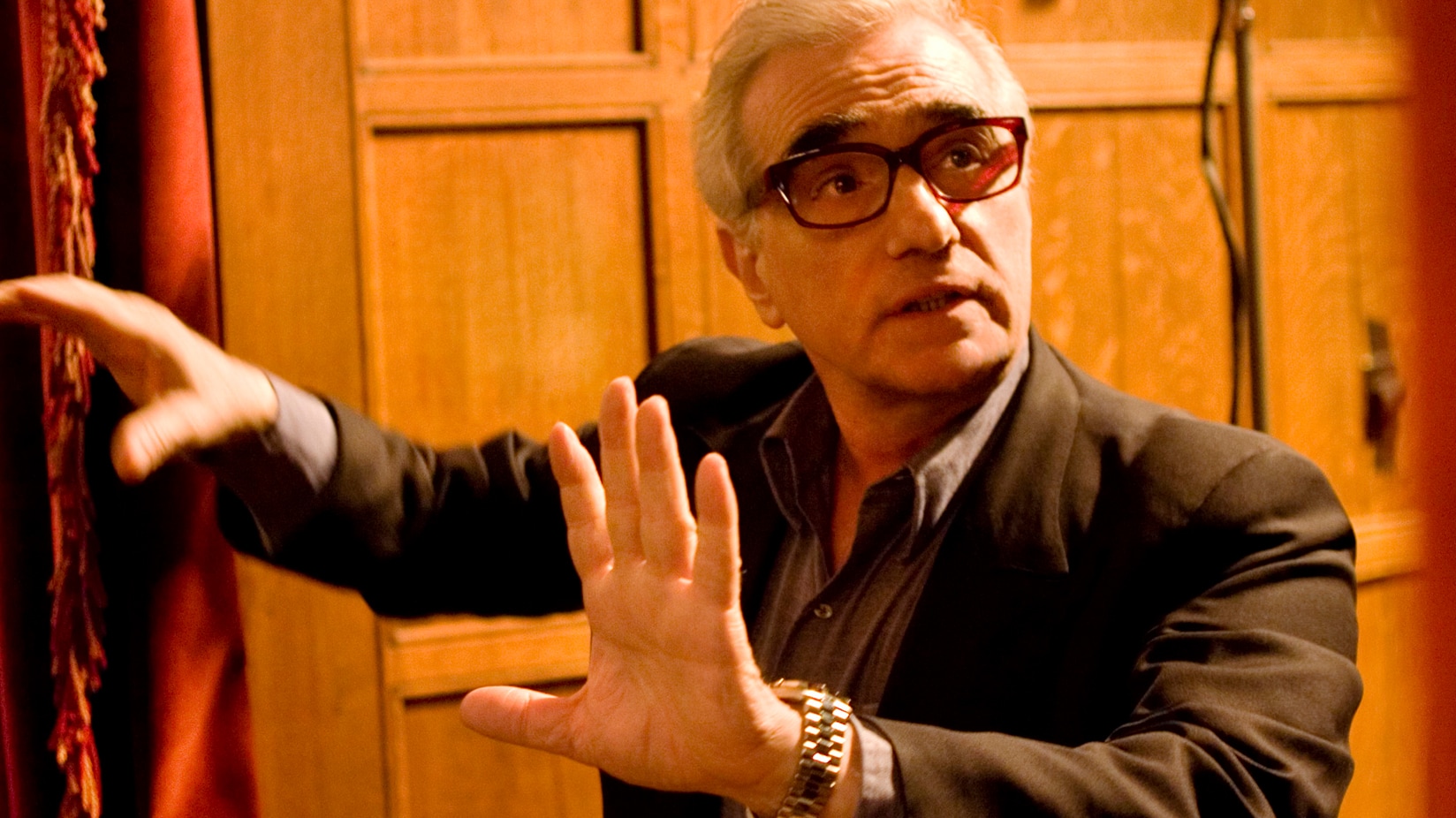On the 17th of this month, TCM will show twelve pictures starring Spencer Tracy, made between 1936 and 1958. Does the selection represent Tracy’s best work? Many of his finest pictures are missing—The Actress, for instance, which has one of Tracy’s greatest moments, his long monologue about his childhood near the end. But when you stop to think about it, Spencer Tracy was always “at his best.”
He started great in the early 30s and he ended great in the late 60s. Tracy was one of those people who was obsessed by his chosen art form at an early age: he started acting at a young age, and he seems to have made a careful study of the cinema. Unlike many other actors who came into the early talkies out of theatre, there’s not so much as a trace of staginess in his first performances, neither in his movement nor in his speech. Anyone who is interested in acting for the screen should watch Tracy in his early pictures like Quick Millions or Man’s Castle (not included in the tribute) and compare them to the work of other actors who started during the same period.
Throughout his career, Tracy found his way to a level of simplicity—a true mastery of naturalism—that was almost unmatched. His work reaches a peak in the pictures he and Katherine Hepburn made with George Cukor that were written by Ruth Gordon and Garson Kanin. In Adam’s Rib, the work is so intimate that at times you feel like you’re peeking in on a real married couple, and watching Pat and Mike is like listening to two great improvisational musicians tuned into each other’s quirks and nuances and internal rhythms.
The appearance of ease in Tracy’s performances was so great that people sometimes took him for granted. The hard work behind the performances is invisible. Of the titles in the program, Fury is one of the very best. Fritz Lang’s first American film, about the lynching of a man falsely accused of a crime, is a vivid cinematic experience, a haunting portrait of vengeance and retribution spreading through a community like wildfire (interestingly, the script was inspired by a real 1933 incident that was also the basis for Cy Endfield’s later Try and Get Me!, a very different kind of film but just as terrifying).
San Francisco is enjoyable for Tracy’s camaraderie with Clark Gable. Keeper of the Flame, a melodrama and the first of the films he made with Cukor and Hepburn, is an interesting, very somber melodrama made in the shadow of Citizen Kane. The Old Man and the Sea, the 1958 adaptation of Ernest Hemingway’s novel about a Cuban fisherman, is far from perfect for purely technical reasons (the majority of the picture takes place out at sea on the fisherman’s boat, and it was shot in the studio against a blue screen), but Tracy makes it an emotionally compelling experience. One might say the same of every film he acted in.














